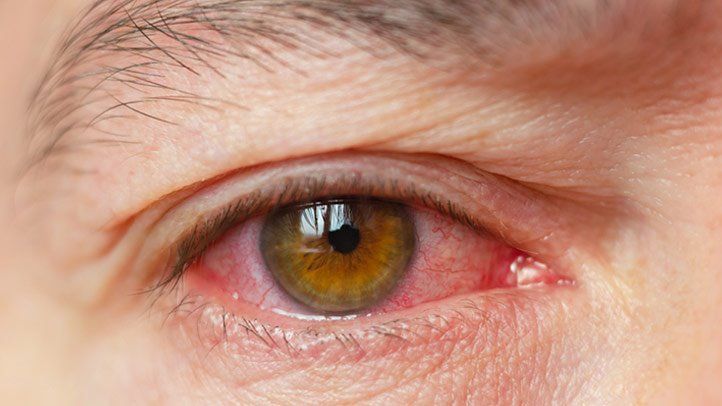Diabetic Retinopathy Diagnosis

Diabetic retinopathy may present with little or no symptoms in the early stages of disease. Diabetics with more long-term disease may develop symptoms and, eventually, irreversible damage to the retina may occur.
Diabetic retinopathy therefore needs to be diagnosed early on in diabetic patients and routine screening and monitoring is of vital importance in order to preserve vision among these individuals.
Screening for diabetic retinopathy
The blindness that can eventually be caused by diabetic retinopathy cannot be reversed. Diabetics who are aged 12 years or over need to attend annual checks for the condition. If diabetic retinopathy is detected in the early stages, it can be treated using laser treatment.
For screening, the pupils of the eyes are dilated using certain medicated eye drops and photographs of the retina are then taken. The eye drops may cause blurring of vision for around 5 to 6 hours depending on the type of drops used.
Diagnosis of diabetic retinopathy
For diagnosis of diabetic retinopathy to be confirmed, several tests are employed:
- Visual acuity is tested by assessing a person’s ability to read a chart displaying random letters and numbers at various distances.
- Ophthalmoscopy or fundoscopy is performed to look inside the fundus of the eye and determine retinal health. A device called an ophthalmoscope contains a light and a special magnifying glass for examining the fundus.
- Optical coherence tomography is a type of visualization technique that provides high resolution images of retinal structures. The layers of the retina can be differentiated and retinal thickness can be determined.
- Slit lamp biomicroscopy is an important diagnostic technique for examining anterior eye structures and the retina at variable magnifications.
- Fluorescein angiography is performed to assess the exact state of the ocular blood vessels. A special dye is used to highlight the blood vessels in the retina and flag up any vascular defects.
- Tonometry is used to assess the intraocular pressure or pressure within the eye.
- Blood tests are taken to assess blood sugar control.
